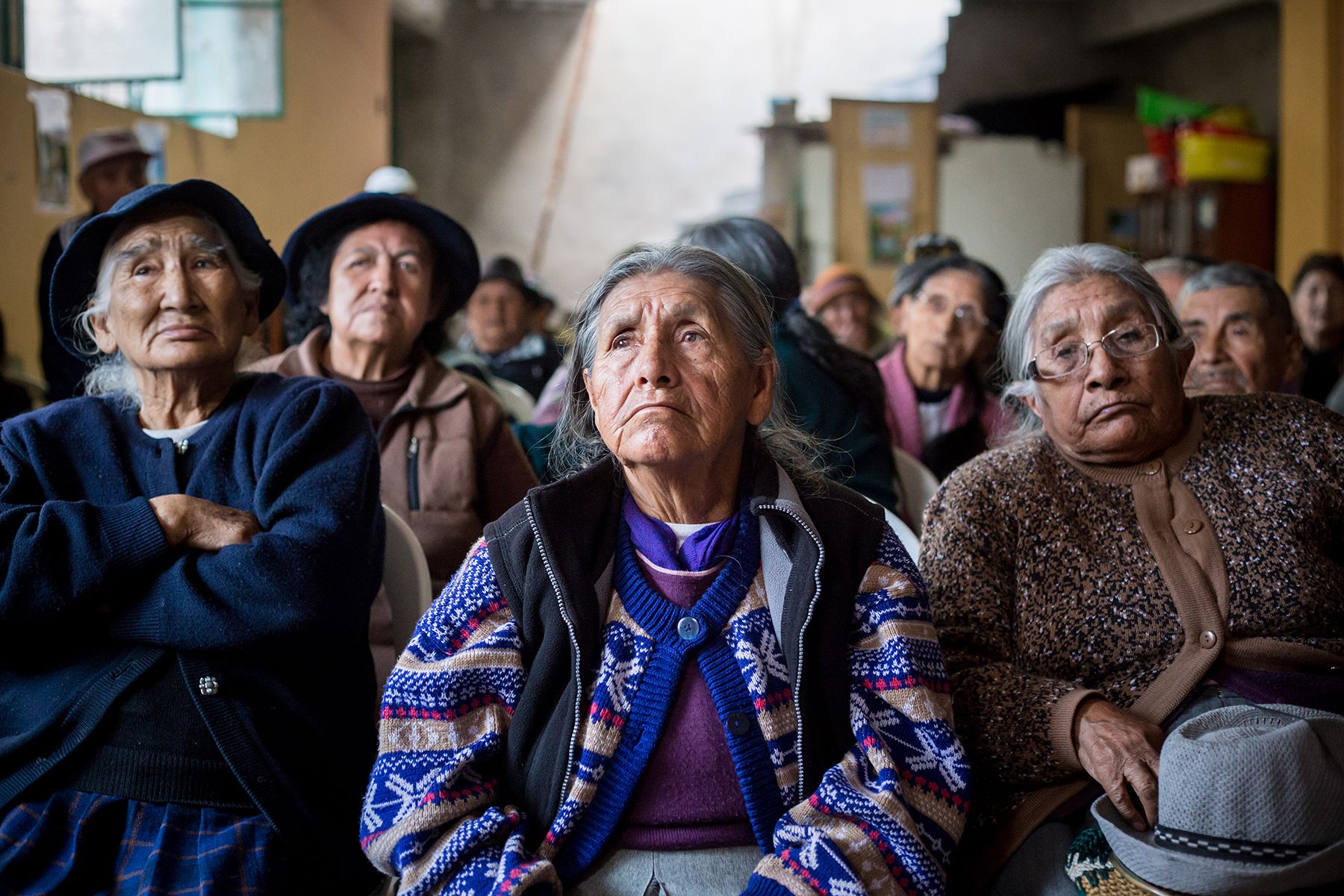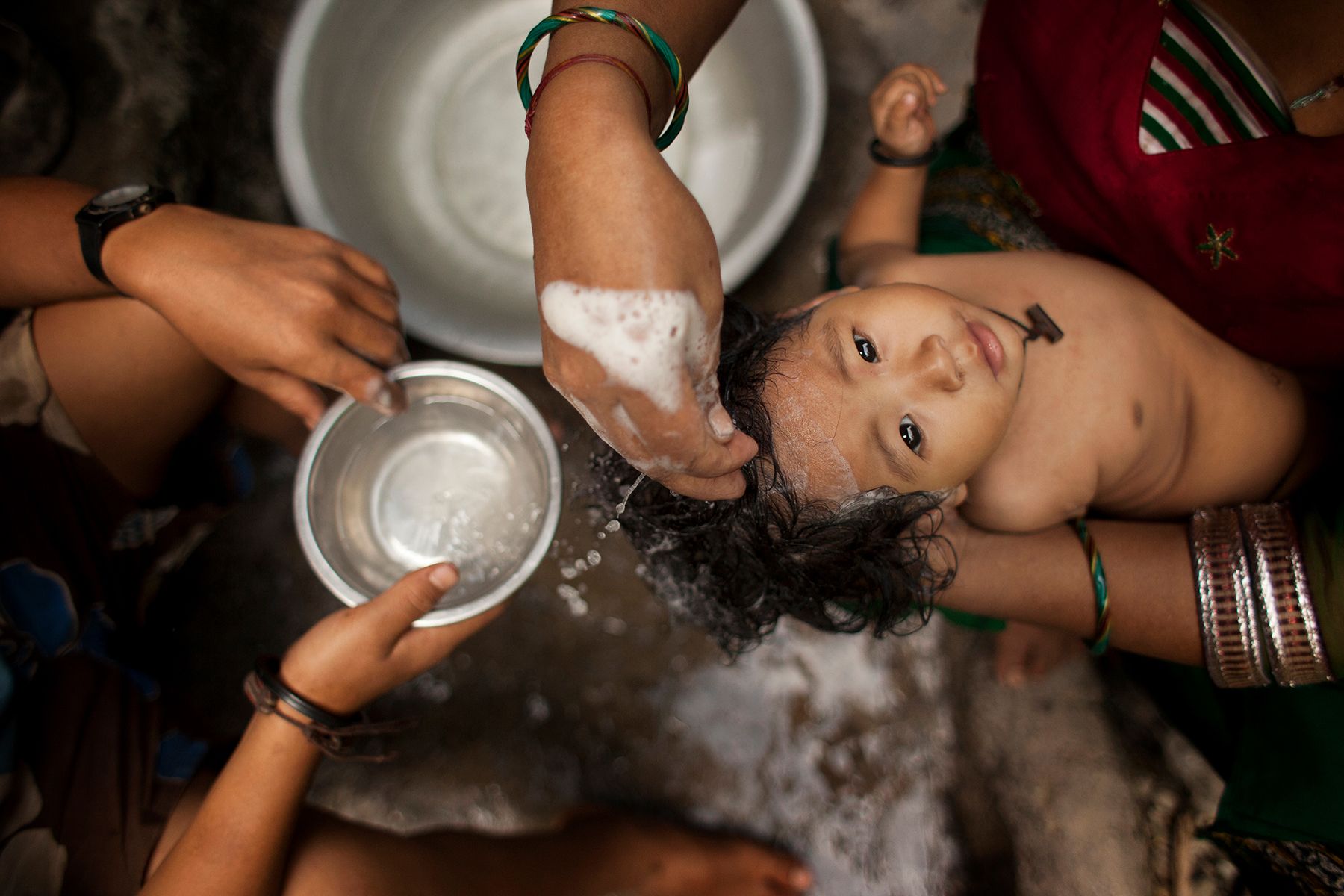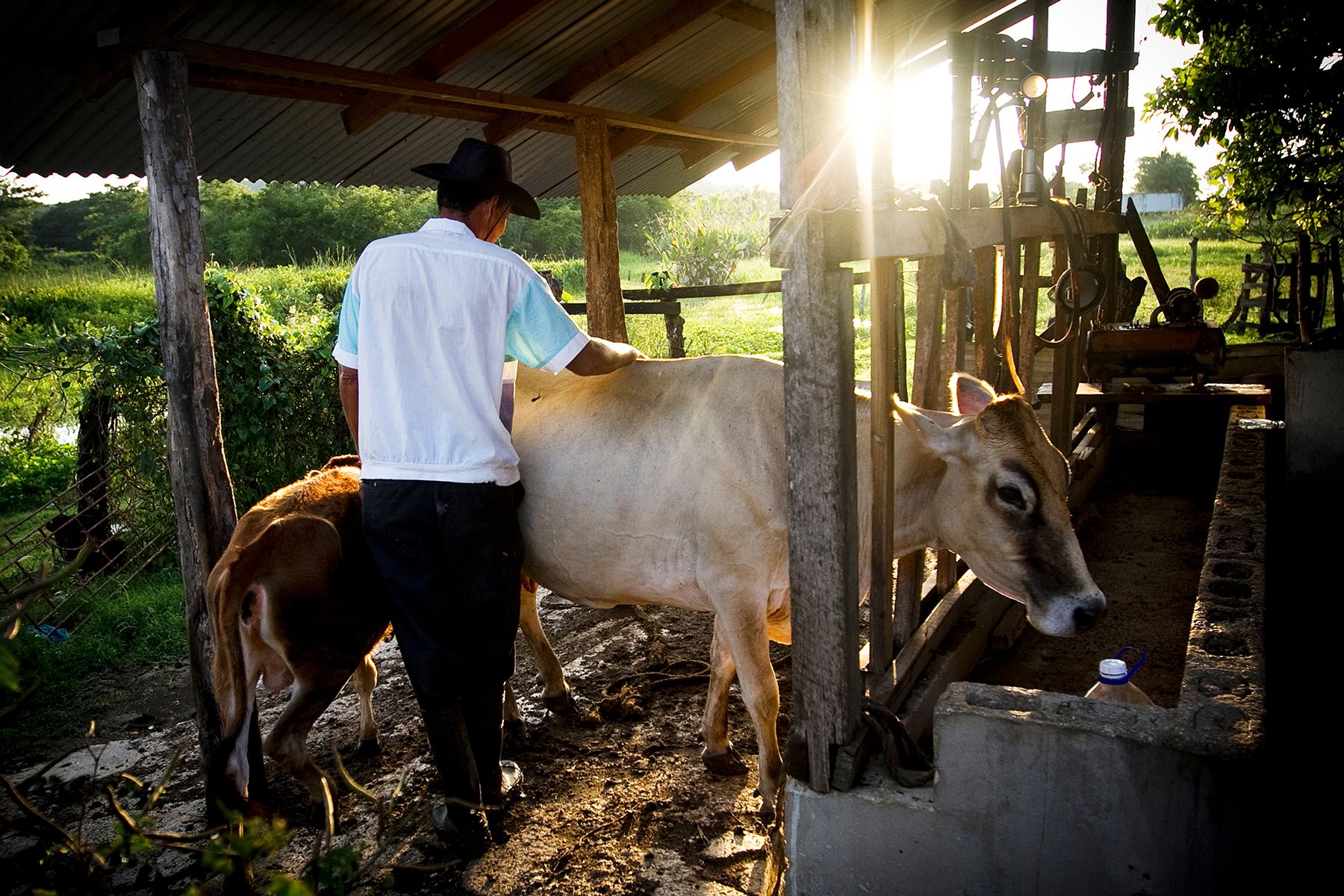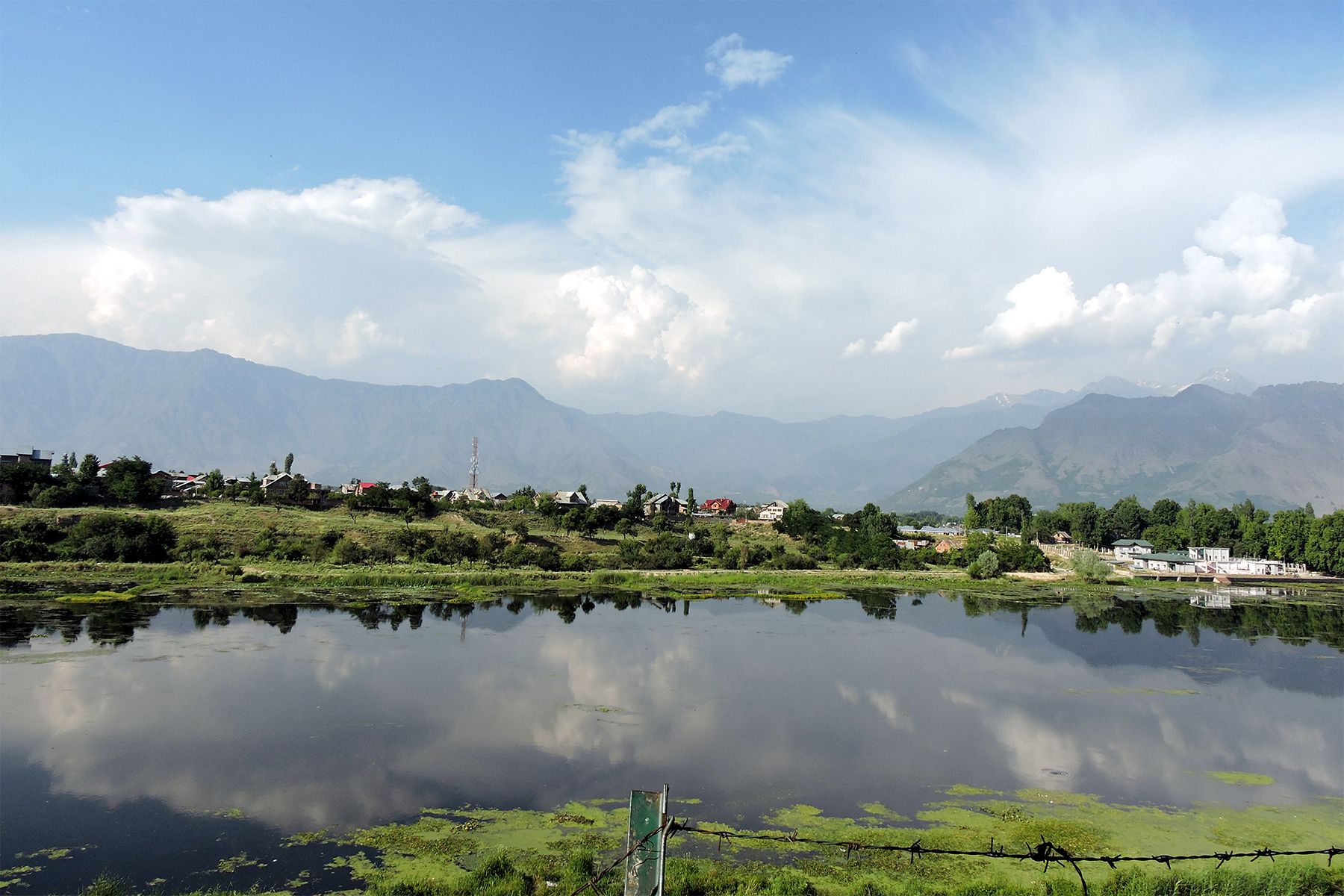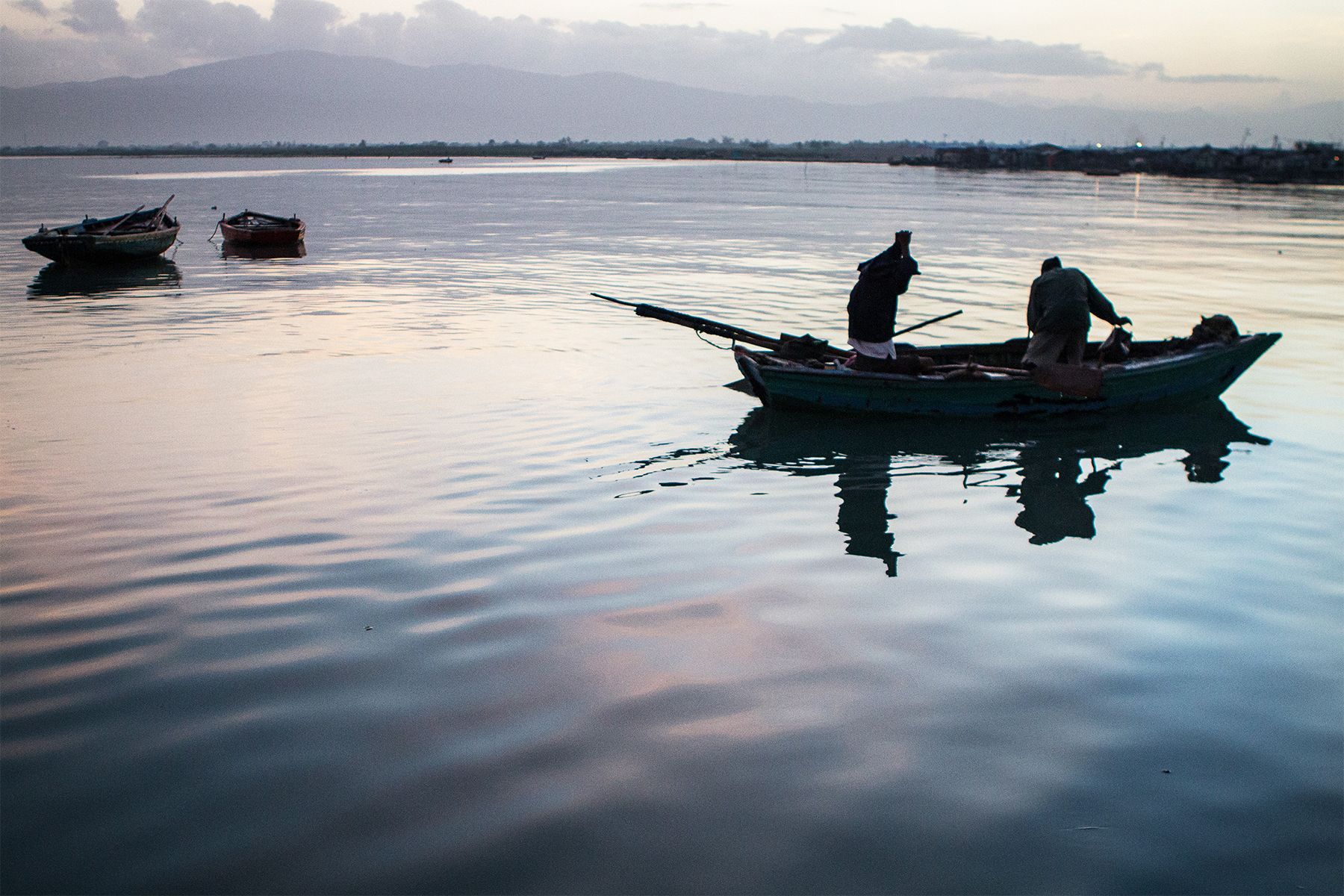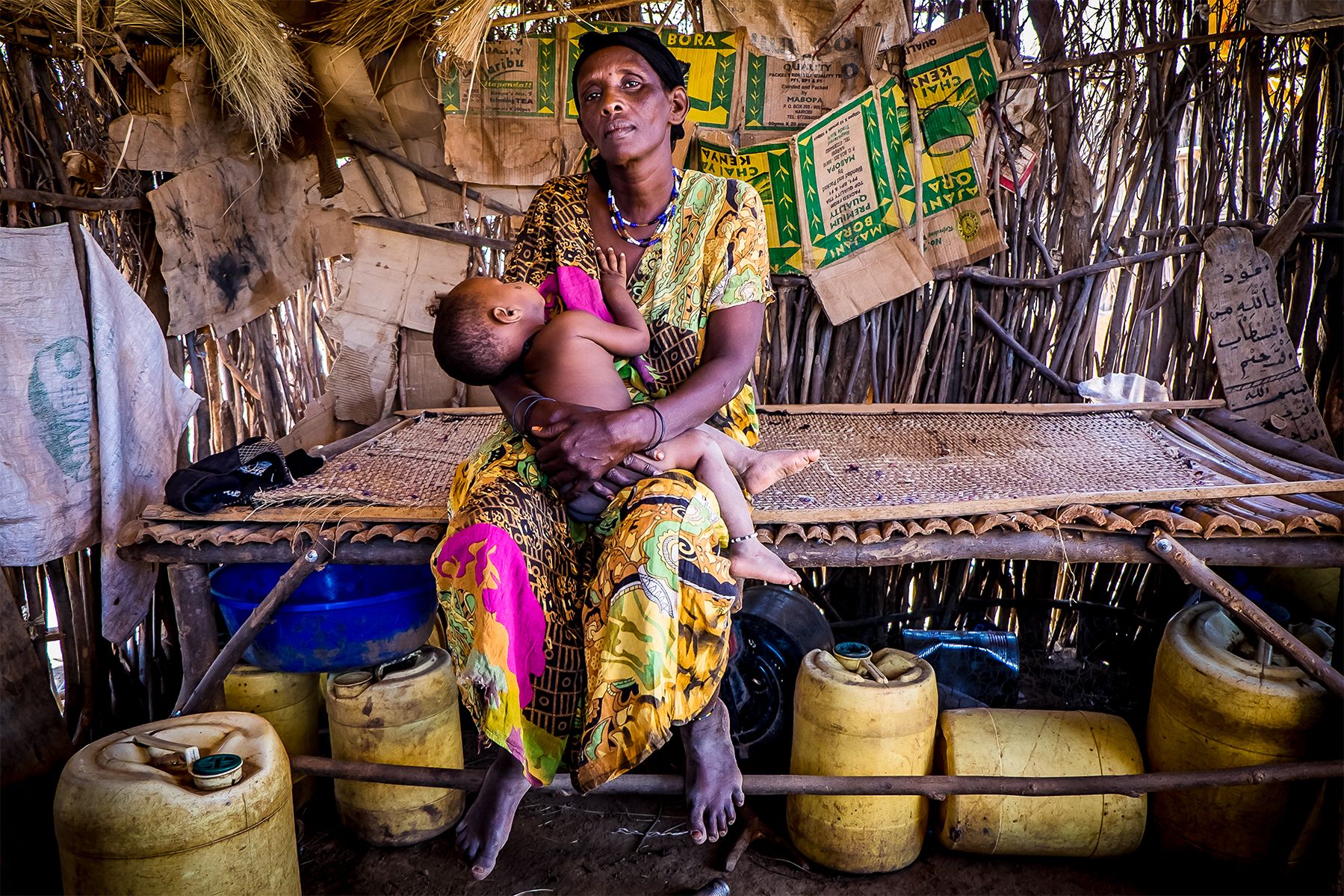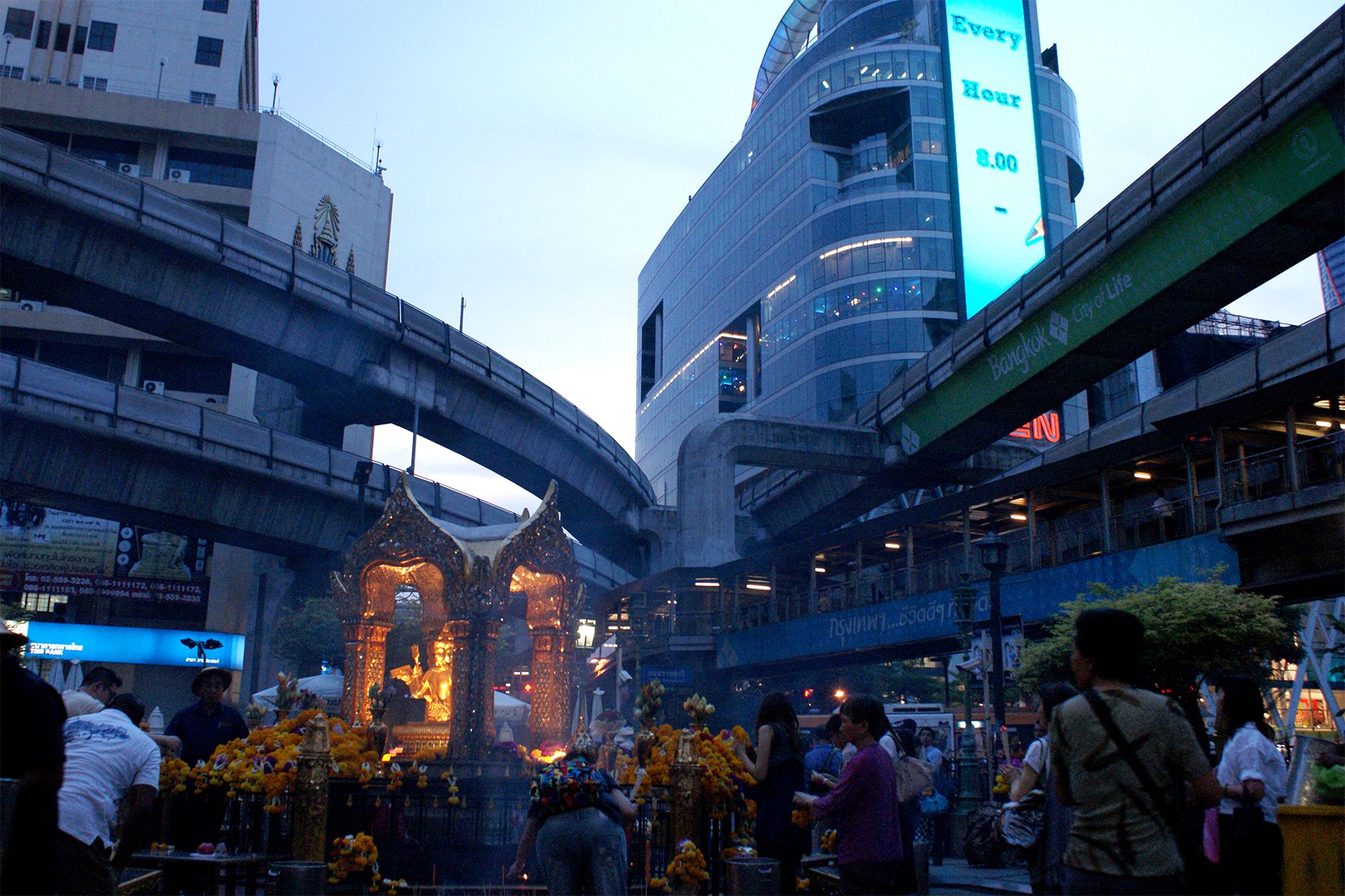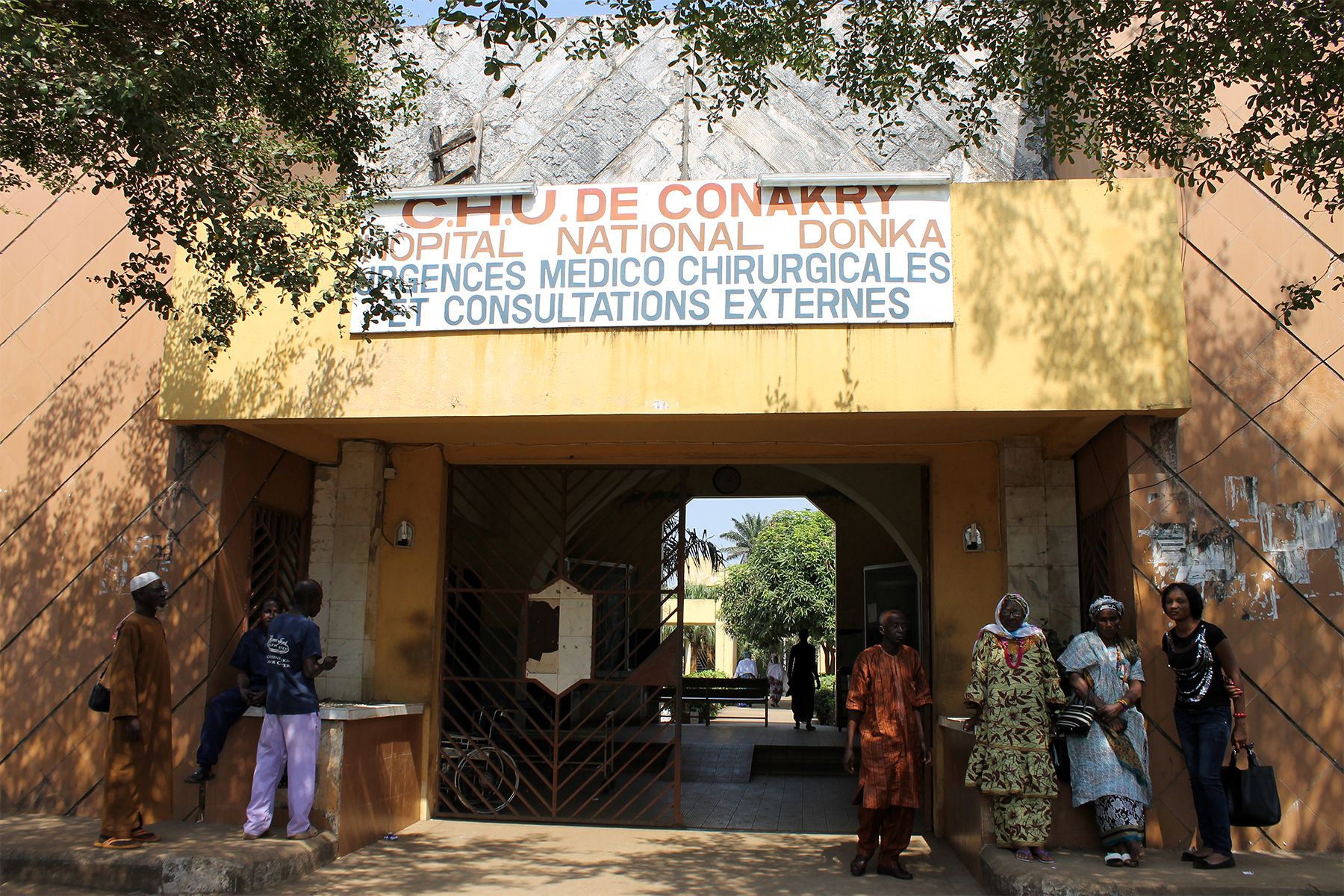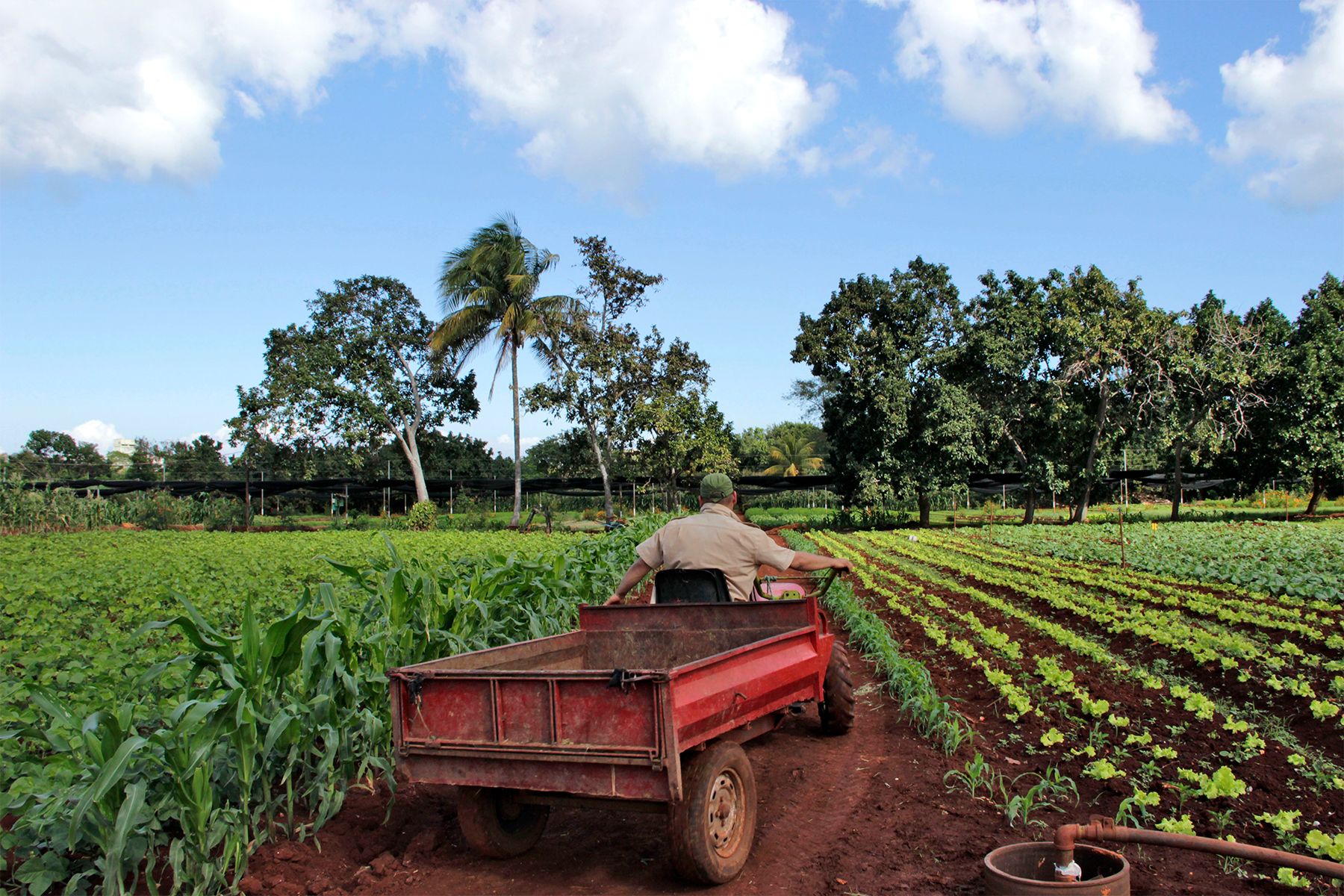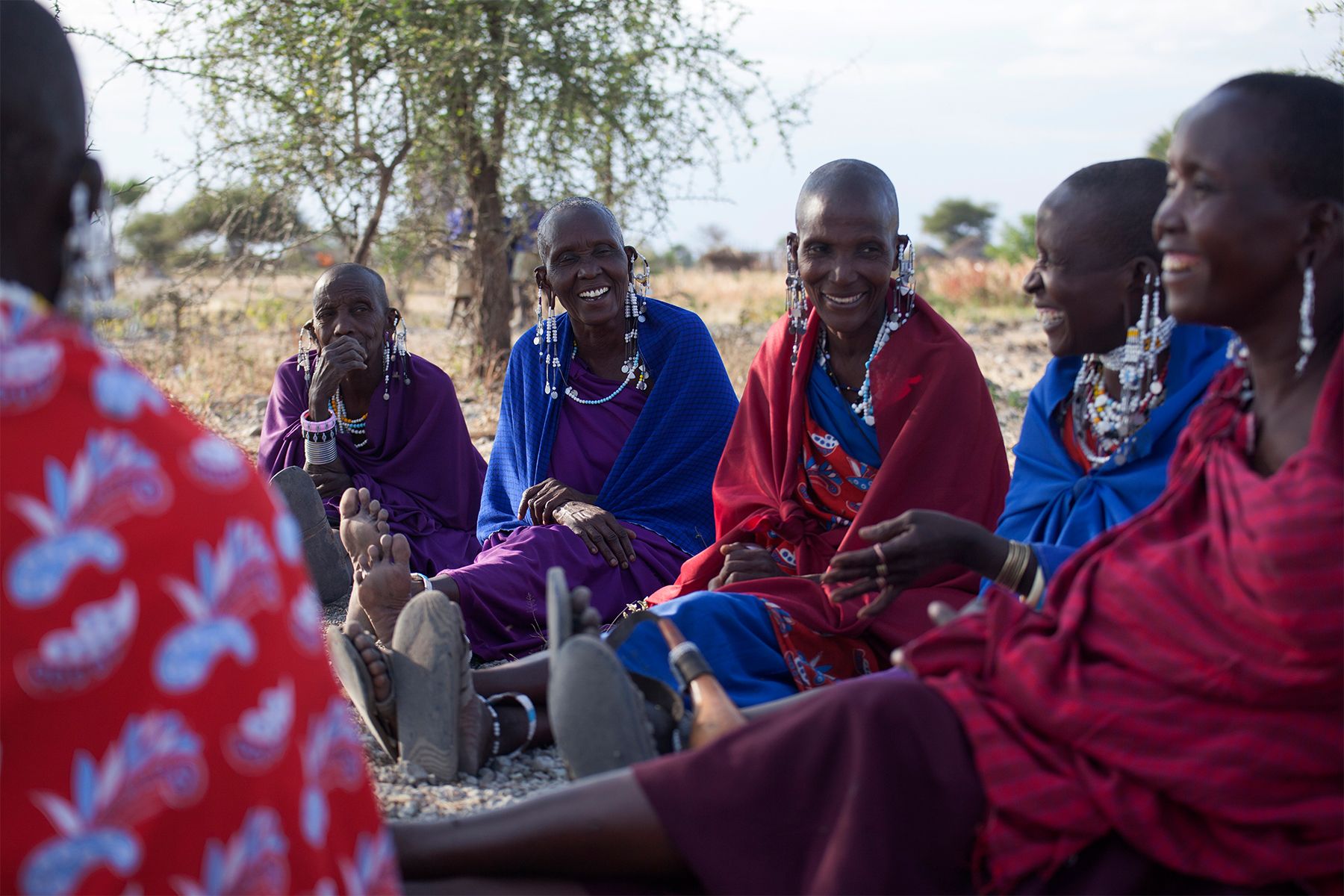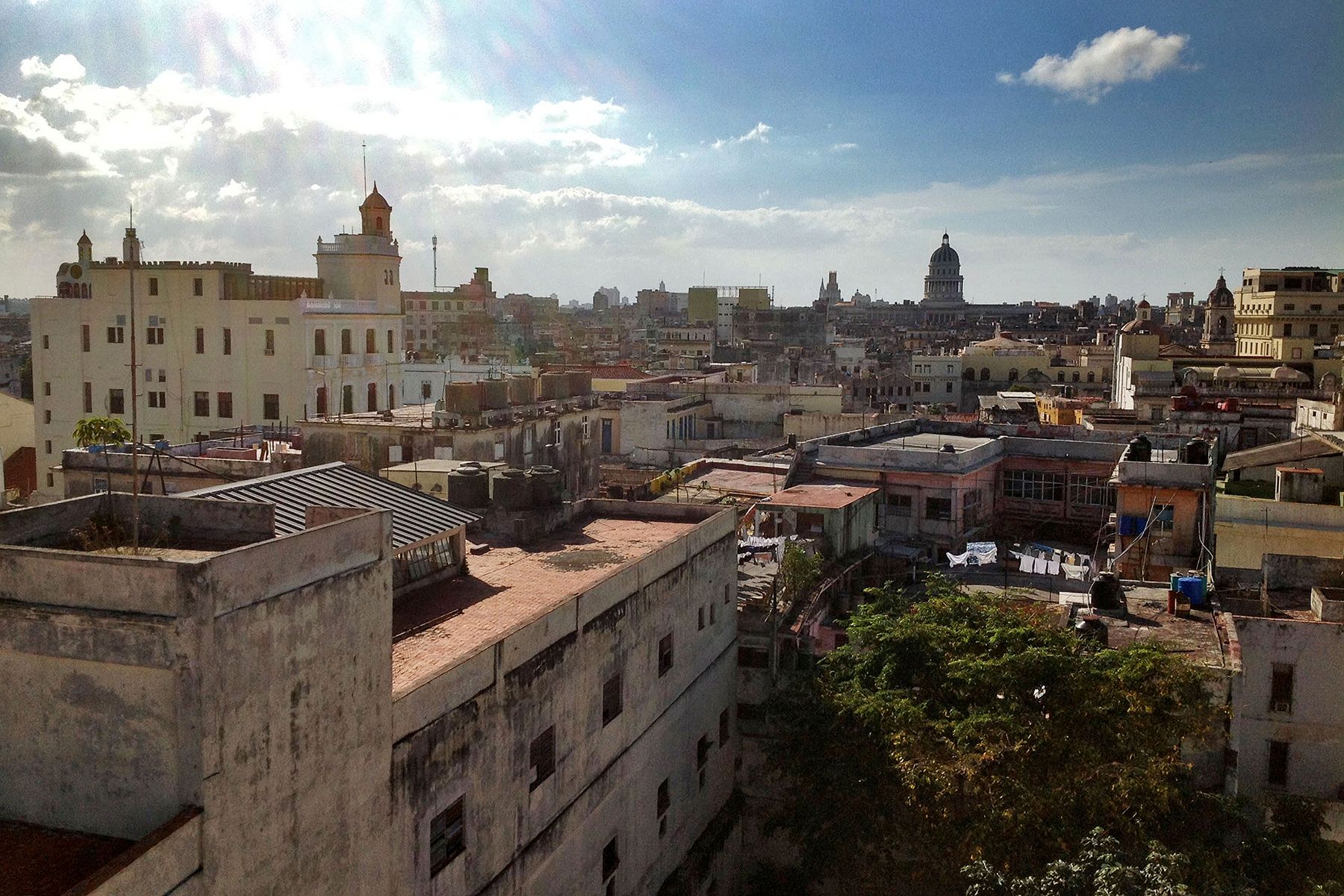October 05, 2016 | Viewfind
By
Jordan Roth
ViewFind, an immersive visual news platform, highlights work from "A Changing World?" featuring selected photographs from our student fellows between 2011 and 2015. See: http://viewfind.com/story/a-changing-world
Pulitzer Center student fellows travel the world to report on issues that affect us all—telling stories that might otherwise go untold. These photographs were shot on location in 11 countries now undergoing rapid transformation, from the roads in Bangkok to a Maasai village in Tanzania.
The photographs will be exhibited at the National Press Club in Washington, DC, on Saturday, October 8, during the Pulitzer Center's 10th Anniversary celebration.
